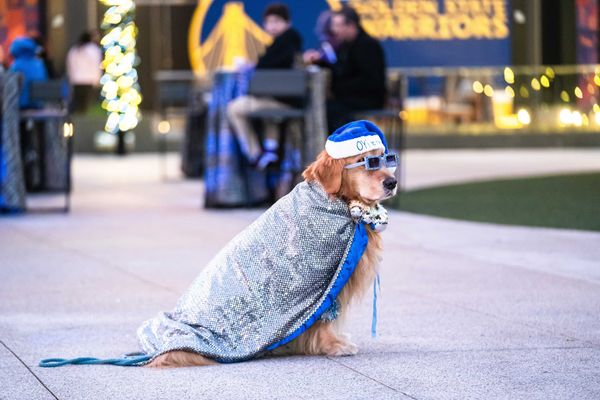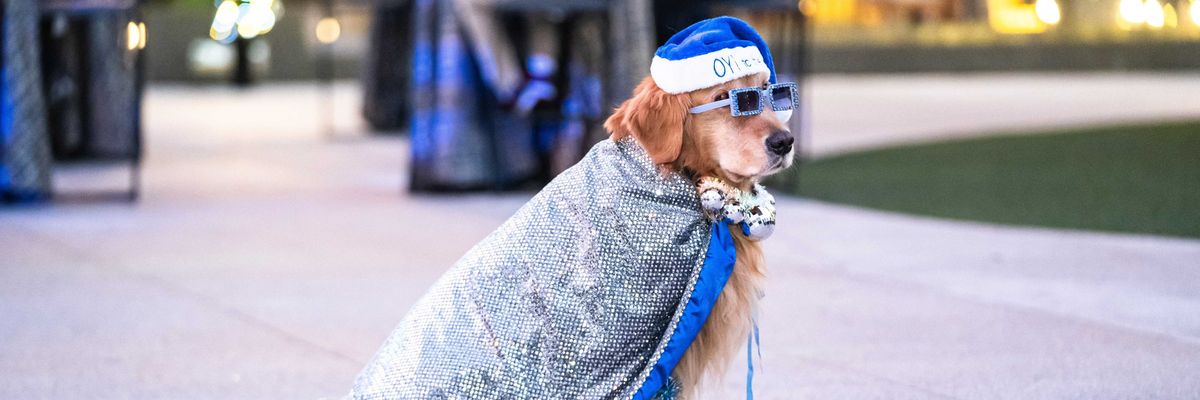Every picture tells a story, especially the ones etched on skin.
Wat’s that mean?” a series of nosy strangers have asked me over the years, pointing to the tattoo on my left forearm—eight Chinese characters surrounded by vibrant cherry blossoms.
“My wedding invitation,” I say. “It means, ‘The marriage of wind and water among ancient redwoods.’”
“How romantic!” They typically swoon a bit here, smiling at my dedication, wowed by my sense of monogamy. “How long have you been married?”
“I’m actually divorced.”
“Oh,” they say, righting themselves quickly. “I’m sorry. That’s the trouble with tattoos.”
I know what they’re trying to say, but I don’t agree that a tattoo’s permanence is a detriment. In fact, it’s what I like best about tattoos: the unforgiving documentation, the visible autobiography that people can ink onto themselves like cave drawings.
My wedding invitation is a good example. Obviously, the marriage didn’t turn out the way we had planned (hence, the divorce), but I don’t regret marrying her. And I certainly don’t regret having a memento from that important time of my life decorating my body.
To me, that’s the purpose of tattoos. My memoir is all over me.
They are a time line. I’ve been scribbling on my skin for years, finding images and phrases that map what matters most to me, even if those things don’t make sense in the current version of my life. My first tattoo was the Apache symbol of flight. I had it inked on my back at Zebra Tattoo in Berkeley at the tender age of 18 to commemorate my “pacifist phase,” which lasted about 11 hours. I followed it up with one of those tribal bands around my bicep. (Remember when those were en vogue in the ’90s, the decade during which I also broke the unwritten rule about white guys rocking dreadlocks?)
They might now seem corny, or cliché. Yet I like having a record of these (perhaps disastrous) mood swings as I came of age. They are my past.
As I’ve gotten into my 30s, my new tattoos mostly have to do with fiction writing. I etched the name of my first novel’s narrator, Rhonda, into a campy Navy tattoo, running through a big red heart with an anchor behind it. Just the other day, someone walked up to me on the patio at Zeitgeist and asked, “Who’s Rhonda?” I answered, “This guy I made up,” and, shockingly, that was the end of the conversation.
I also have my artistic philosophy running from my elbow to my shoulder, a piece of sage advice courtesy of Pablo Picasso, inked in Spanish by an artist at the Painted Lady. It translates as “the chief enemy of creativity is good taste.”
I have an oversized bumblebee on the back of my right forearm. Underneath the bee it says, “Tu ne peux pas voler.” That’s French for “you can’t fly.” Scientists have always been baffled why bumblebees can take flight—something to do with how their wingspan versus their body mass makes it mathematically impossible. Yet they do fly. My theory is simple: They can do so because they have wings. No one told them that they were defying the human constructions of gravity and aerodynamics. They have wings and they use them, simple as that.
There’s a lesson in there for all of us about exceeding limitations, expectations and the often rocky reality of following our passions. I tattooed “you can’t fly” on me so I never forget to challenge authority and adversity. Yeah, I make a bare-bones living as a fiction writer (I make most of my money teaching, actually), but writing is what I love and so I’ll continue to waste my time clacking at the keyboard. Literature matters even if it’s nearly impossible to earn a wage at it.
My latest tattoo, inked a few months ago at Double Crossed in the Mission, is of a dripping quill and an aged scroll. The writing across the parchment says “Sudden Shocking Life.” I think that’s my most important task as an author: to lead a reader into a sudden shocking life, one that’s been so fully realized it feels visceral, believable. Maybe the best thing we can learn from fiction is empathy. As readers, we have the opportunity to spend time occupying consciousnesses different from our own. I like to think this can teach us to respect other vantage points, foreign prerogatives, dogmas we’re frightened of, sudden shocking lives we’ve never experienced.
All you have to do is go outside to know that San Francisco is a tattooed town. It isn’t just the Mission or Lower Haight. You can comb Cow Hollow or the Fillmore and witness all sorts of body art. And sure, we have our own logic and sovereign reasons for rendering graffiti all over ourselves. It’s impossible to make any sweeping statements about motive. Our reasons are as unique as our artwork.
But there’s one commonality among those with tattoos: At the time we sat in the shop—the needle buzzing, music blaring, the artist wiping blood from our skin—whatever we were having engraved was important. It needed to be documented, commemorated; we felt driven to share it with total strangers. It might have ultimately been of fleeting importance, but right then, it carried significant weight.
So next time you ask a guy about the portrait on his pec, or inquire as to why a woman would tattoo a name down her ribs, remember to go a little easy on them. It might be an ex-husband or lost sibling, an unrequited love, a distant family member, an idealized celebrity. Or it could simply be some guy they imagined. That’s OK too. Tattoos turn our imaginations inside out and put them on display. We’re a city of exhibitionists, and every summer weekend in Dolores Park total strangers share their life stories with one another. I look forward to reading yours soon.
Joshua Mohr is the author of Some Things That Meant the World to Me and, most recently, Termite Parade (Two Dollar Radio), out next month. He’ll be reading with Michelle Tea, Beth Lisick, Daphne Gottlieb and Stephen Elliott at the Elbo Room on June 4; the book launch party is at City Lights on July 6. elbo.com, citylights.com




















